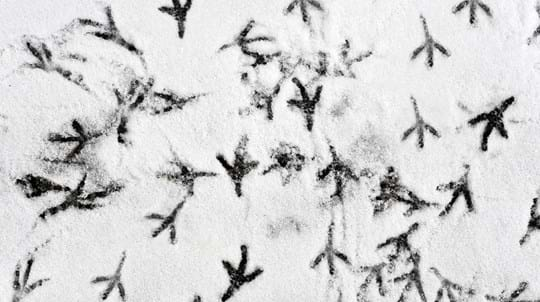
Go exploring
Primordial landscapes, tangled branches, breathtaking wildlife and miles of woodland trails. From the countryside to cities, we care for thousands of woods throughout the UK, all free to visit.
Find a wood near you
Public enquiries officer
Hoar frost is a type of feathery frost that forms as a result of specific climatic conditions. The word ‘hoar’ comes from old English and refers to the old age appearance of the frost: the way the ice crystals form makes it look like white hair or a beard.
Ground frost forms when the air is still and cold, usually on clear winter nights. Water vapour in the air condenses on solid surfaces, and as the surface temperature drops below 0°C, ice crystals form.
Hoar frost requires slightly different conditions. It forms when the water vapour in the air comes into contact with solid surfaces that are already below freezing point. Ice crystals form immediately, and the ice continues to grow as more water vapour is frozen. On a still night, it can grow well on tree branches, where the surface temperature is unlikely to rise above zero for several hours.
The size of the frost that forms depends on how much water vapour is available to ‘feed’ the ice crystals as they grow. Hoar frost has a distinctive appearance as it forms hair-like or feathery structures as it grows.
Hoar frosts and ground frosts don’t damage trees in the UK. If you’re planting trees, it’s best to avoid periods when the ground is frozen, but trees that are already in the ground will be fine.

Primordial landscapes, tangled branches, breathtaking wildlife and miles of woodland trails. From the countryside to cities, we care for thousands of woods throughout the UK, all free to visit.
Find a wood near you
Visiting woods
See a different side to the woods. From cold, crisp mornings to chilly starlit evenings, discover a winter wonderland near you.

Blog
Charlie Mellor • 17 Jan 2022

Blog
Charlie Mellor • 29 Nov 2018